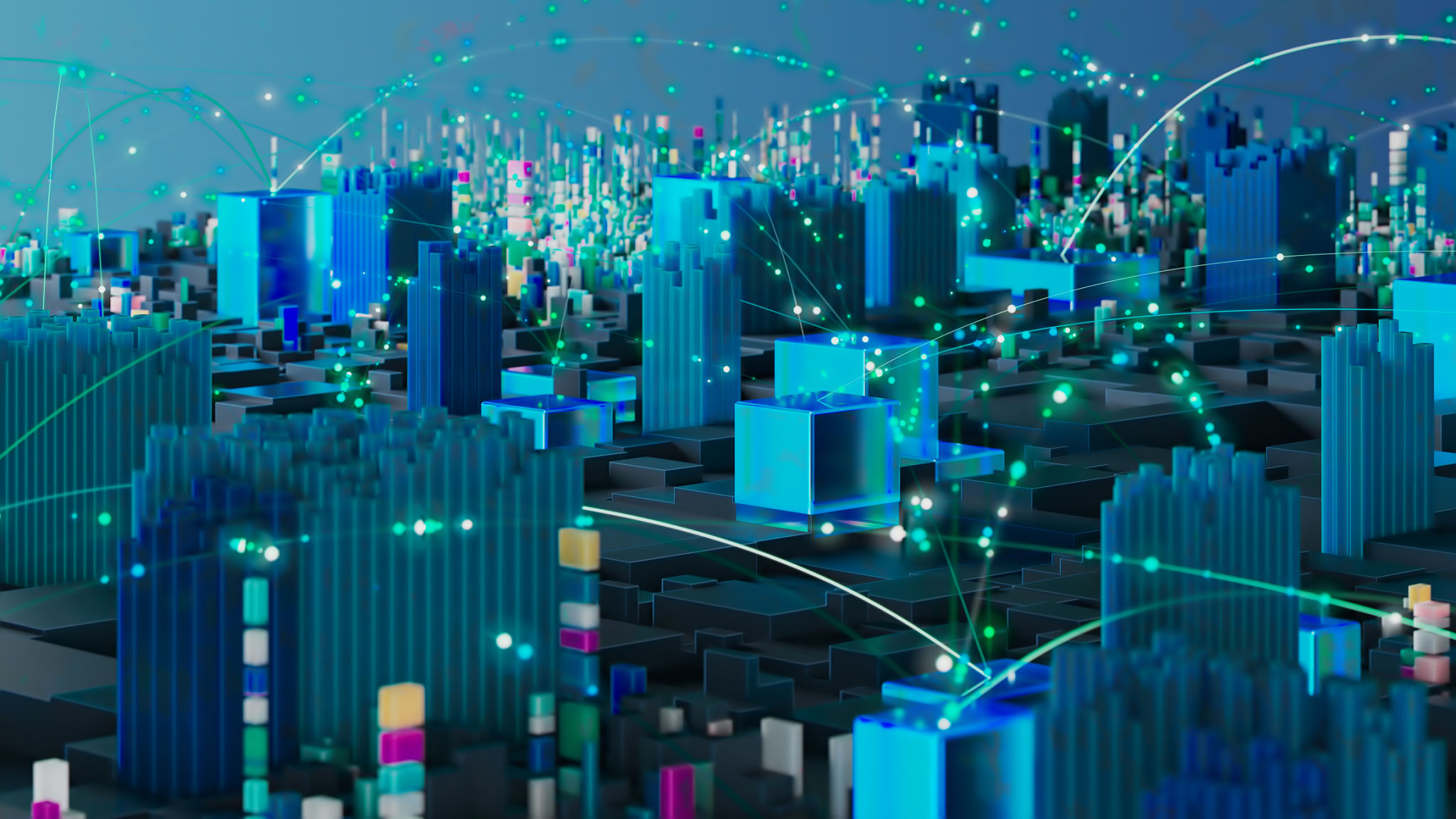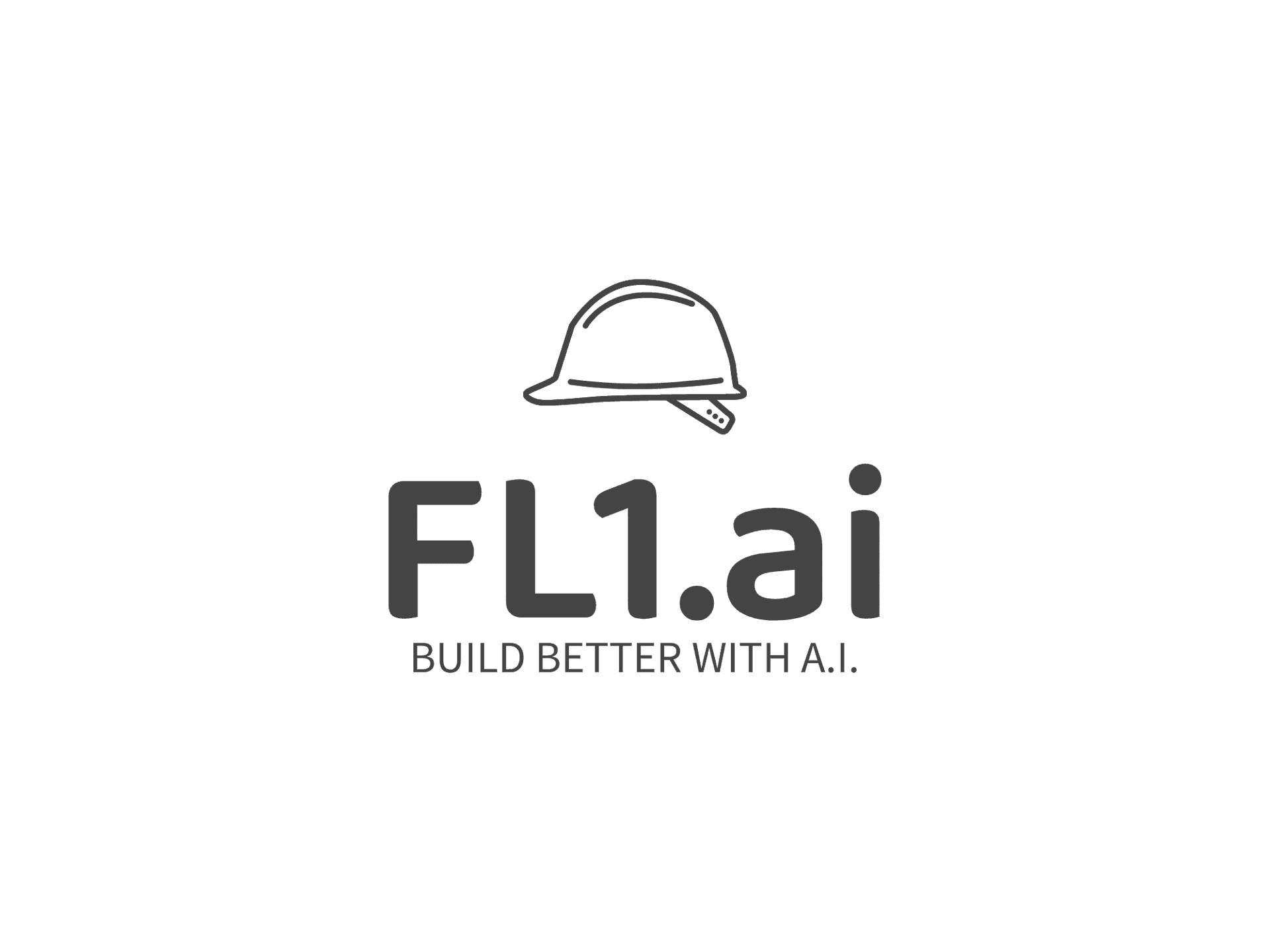Top AI Innovations Transforming Infrastructure Development
Introduction to AI Innovations in Infrastructure
Artificial Intelligence (AI) is revolutionizing many industries, and infrastructure development is no exception. From planning and design to construction and maintenance, AI technologies are streamlining processes, enhancing productivity, and improving safety. In this blog post, we'll explore some of the top AI innovations that are transforming the way we approach infrastructure development.

AI in Planning and Design
Enhanced Design Capabilities
AI-driven design tools are providing architects and engineers with enhanced capabilities. These tools can analyze vast amounts of data to optimize designs, ensuring structures are both functional and aesthetically pleasing. By predicting potential issues before they arise, AI reduces the risk of costly redesigns.
Data-Driven Decision Making
AI algorithms can sift through complex datasets to offer insights that guide decision-making. This data-driven approach ensures more accurate forecasting, helping planners to allocate resources more effectively and design infrastructure that meets future demands.

AI in Construction
Automation of Construction Tasks
AI-powered robots and drones are automating repetitive construction tasks, such as bricklaying and surveying. This not only accelerates project timelines but also minimizes human error, leading to safer and more efficient construction sites.
Predictive Maintenance
AI technologies are being used to predict when machinery and equipment might fail. By analyzing sensor data, AI can forecast maintenance needs, reducing downtime and preventing unexpected breakdowns. This predictive capability enhances overall project efficiency and reduces costs.

AI in Infrastructure Maintenance
Smart Monitoring Systems
AI-powered monitoring systems are revolutionizing infrastructure maintenance. These systems use sensors and machine learning algorithms to detect structural weaknesses and environmental impacts in real-time. By providing early warnings, they help prevent major failures and extend the lifespan of infrastructure.
Energy Efficiency Improvements
AI is also playing a crucial role in enhancing the energy efficiency of buildings and infrastructure. By analyzing usage patterns and environmental data, AI systems can optimize energy consumption, reducing costs and environmental impact.

Conclusion
The integration of AI into infrastructure development is paving the way for smarter, more sustainable, and more efficient projects. As technology continues to advance, the potential for AI to transform the industry will only grow. Embracing these innovations will be key to meeting the challenges of tomorrow's infrastructure needs.
